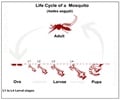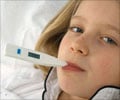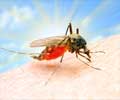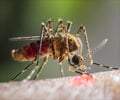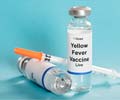A new paper in this week's open access journal PLoS Medicine says that decreases in birth and death rates explain the shift in age distribution of dengue hemorrhagic fever in Thailand.
Analyzing data from Thailand's 72 provinces to investigate why an increase in the average age of dengue hemorrhagic fever cases has been observed in the country, Derek Cummings from Johns Hopkins University in Baltimore, USA and colleagues find that a reduced birth rate and a shift in the age structure of the population can explain the shift in the age distribution of cases, the reduction of the force of infection (the rate at which susceptible individuals become infected), and the increased time between epidemics of dengue hemorrhagic fever.Clinical guidelines should consider the impact of continued increases in the age of dengue cases in Thailand, say the authors.In an accompanying commentary, Cameron Simmons and Jeremy Farrar (uninvolved in the research) from the Oxford University Clinical Research Unit in Ho Chi Minh City, Viet Nam discuss the changing patterns of dengue epidemiology and the implications for clinical management and vaccines.
Because the clinical management of dengue in children differs from that of adults, the increase in the number of adults in the case mix of dengue patients presents new challenges for clinicians. As a result, Simmons and Farrar argue that it must be a priority to build upon Cummings and colleagues' work in Thailand and to "understand if other dengue-endemic countries in Southeast Asia and Central and South America are experiencing similar temporal associations between demography and dengue epidemiology, and if so, why."
Source-Eurekalert
RAS


